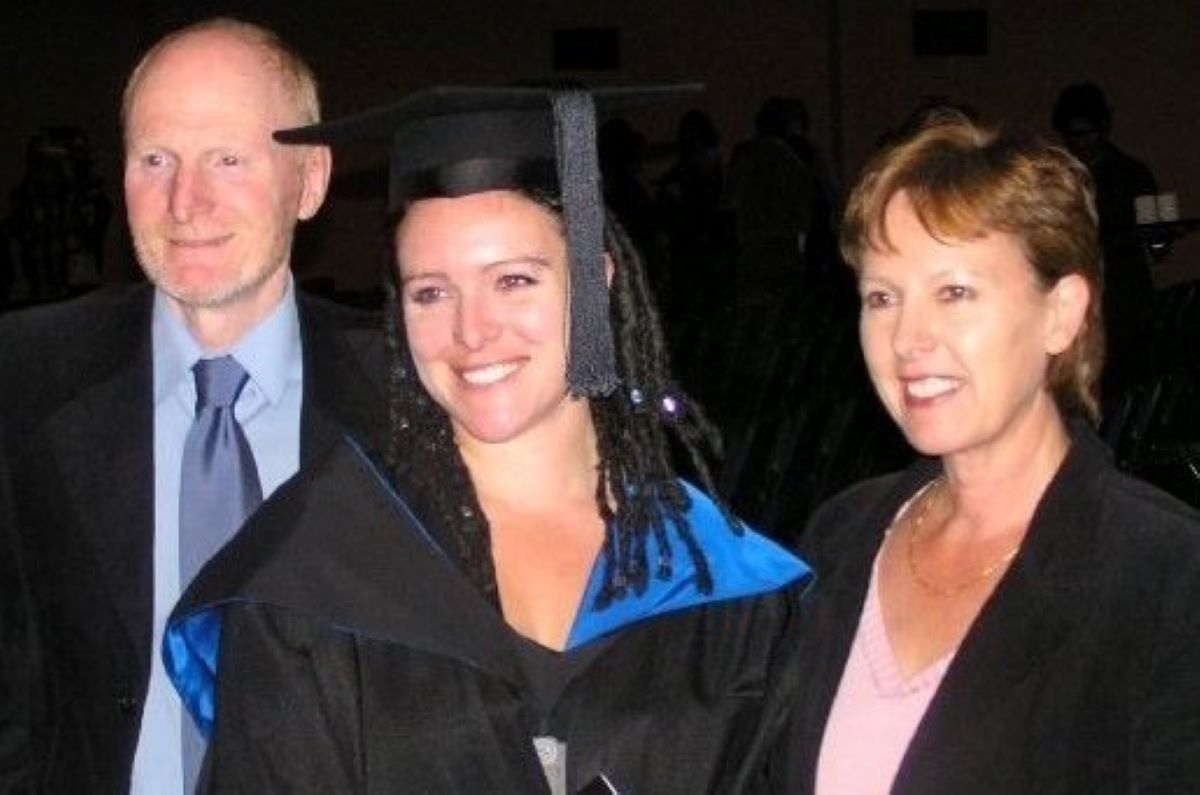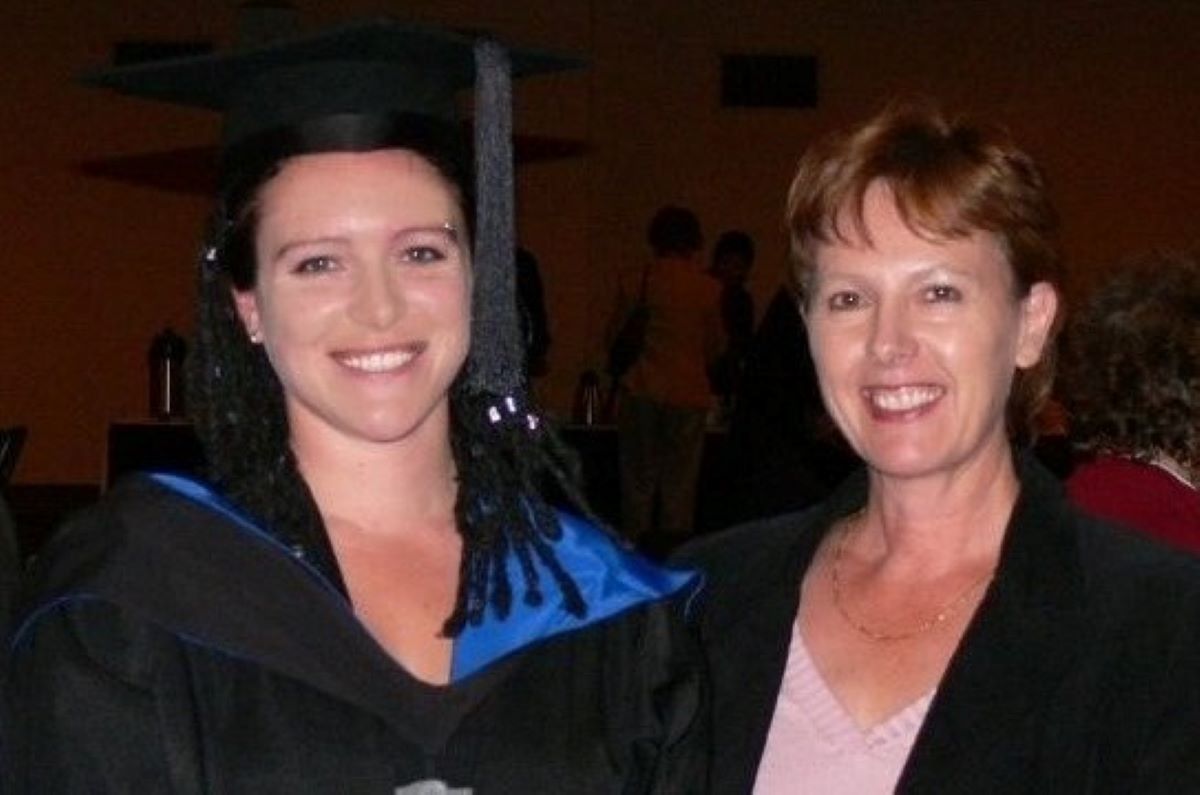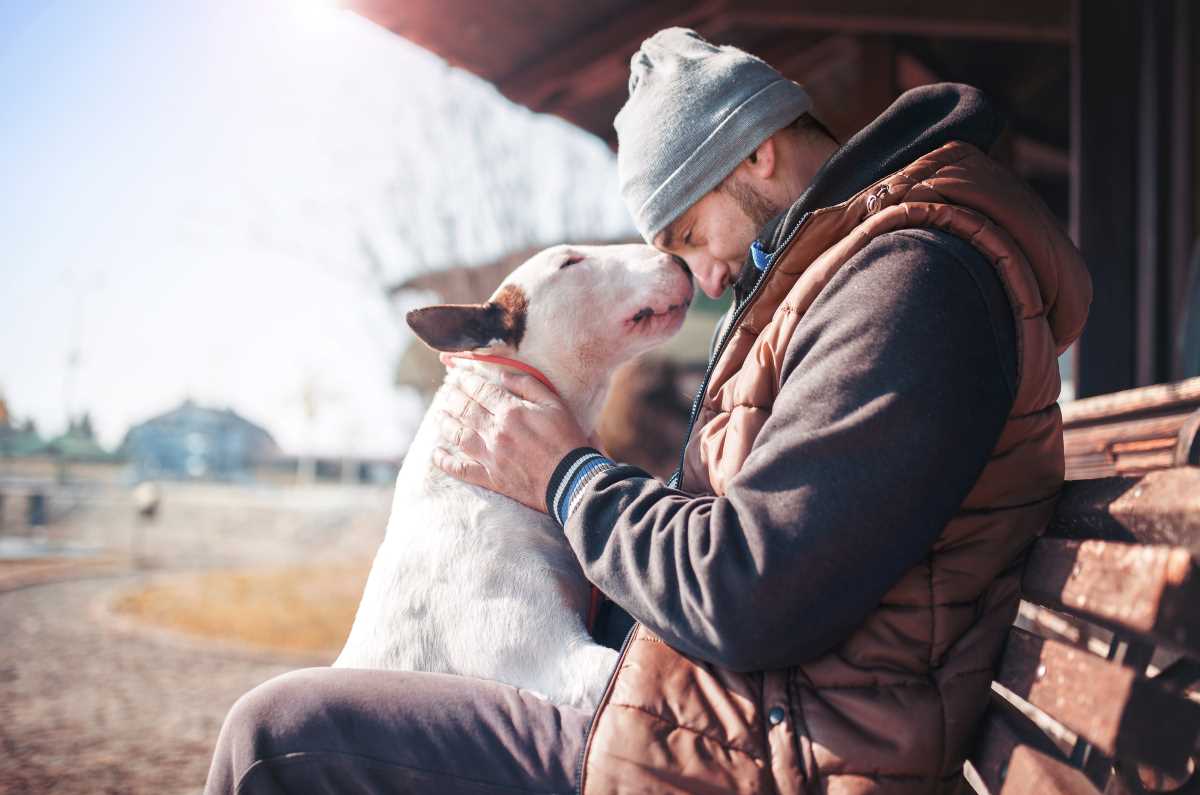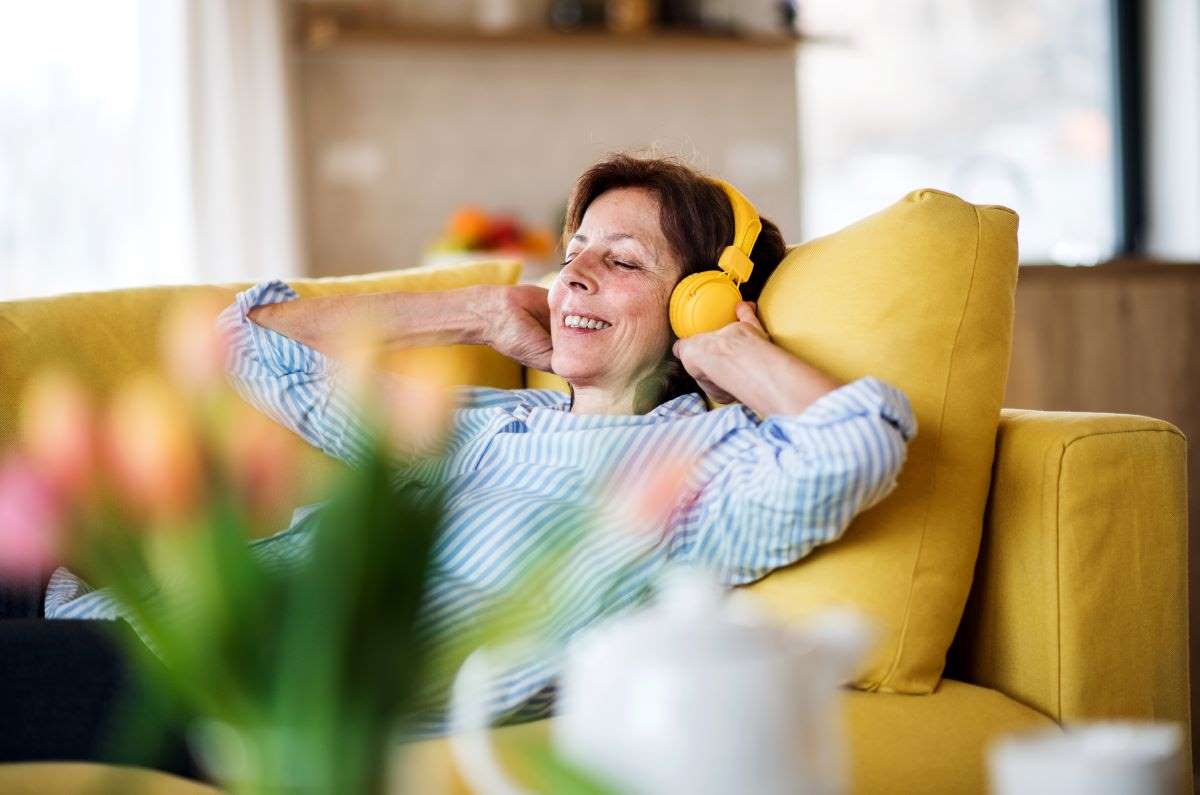This is the second of two articles exploring ways we can tend to our close relationships, to ensure they remain strong and supportive. The first looked at the relationship with a partner, spouse, or significant friend. You can read it here.
“Friendship is born at that moment when one person says to another,
‘What! You too? I thought I was the only one” — C.S. Lewis
How often do you see a post on social media from a friend or family member and think, ‘it’s been ages since I’ve seen/called/talked with them…’? Or going about your day, you see something that triggers a memory of a great time with someone important to you, and you can’t remember when you last spoke?
It’s so easy for life to get away from us and lose contact with our family and good friends. Finding time amidst all of our other obligations, the general busyness of life, and let’s not forget COVID ?, can push staying in touch to the bottom of our ‘to do’ list. But this inattention and neglect can distance us from the significant people in our lives. And it’s during times like these that we need them, and they need us more than ever.
Healthy relationships are good for our physical and mental health. They help us feel less stressed, reduce feelings of loneliness, distract us from pain, boost our immune system and make us feel happier and more resilient. They provide support when our various health issues make us feel exhausted and sad. And they bolster our mood when the long days of COVID make everything seem so grey.
That’s why we need to nurture these relationships with our family and close friends.
Here are some strategies you can use:
Make them a priority.
Value your relationships and work hard to keep them strong. Tend to them as you would any living thing – with regular care and attention. Build time into your day/week/month for them, and make this time sacrosanct. How often you connect depends on the depth of the relationship; however, the important thing is to make it happen. Don’t let them fall by the wayside as if they’re unimportant.
Accept (and embrace) our differences.
We’re all different (and isn’t that amazing!), but that means we can have differences of opinions, beliefs and lifestyles that may cause friction from time to time. Accept that this is the case. These differences can challenge us to consider other viewpoints and opinions. They can lead to exciting discussions and debates. But they can also lead to conflict and anger. If this happens, take some time to breathe, reflect on the situation, and return to it when you both feel calm. This may be challenging at times, but if it’s something you can move past, or if you can agree to disagree, do so. However, if the issue isn’t something you can ignore or live with, or your relationship has changed to the point that it makes you unhappy, it may be time to re-evaluate the relationship.
Trust your peeps.
Trusting someone takes bravery and can make us feel vulnerable. But it also builds intimacy with another person. When this trust is reciprocal, you can share your deepest thoughts and fears without fear of judgement. You can ask for help when you’re in pain or feeling overwhelmed. Apart from how great it feels to know that you have someone in your corner who you can trust with your deepest and darkest, it also feels great to be on the receiving end of that trust.
Show your appreciation.
People are adaptive and become used to things very quickly. So it’s easy to start taking a person for granted when you’re so used to them being there, listening to you, providing support. We get used to these things and don’t notice them as much because they’re always there. So take notice. Tell them how much you appreciate them. Give them your full attention when they’re speaking. Thank them when they do something for you. Send them a note or a small present out of the blue to let them know that you’re thinking of them.
Schedule, schedule, schedule!
We’re always so busy, so it’s a good idea when catching up with someone important that you make a date for the next catch-up before you part ways. That way, you can both put it in your diaries, and you have a firm commitment.
Create alerts.
Again, we’re busy bees ?, and things can slip by without us pausing to take note. That’s why I put birthdays, anniversaries and other important dates in my calendar and create alerts for them. It might be an alert to call them on the date or one that gives me time to find a card and gift and post it to them in time.
Establish traditions and routines.
We tend to have friends and family members that we associate with specific things or activities. For example, the friend you work out with, the sister you go to galleries with, the mate you go to the cricket with, the friend who’s always up for a spontaneous adventure. Taking advantage of these traditions means that you can catch up and enjoy shared interests. Win, win!
Share your interests.
We’re all looking for recommendations for books, movies, TV shows, podcasts etc (especially during lockdowns!). Share what you’re reading, watching or listening to, and your opinions. Create a discussion group – that sounds so formal ? – but it could occur during happy hour, video chat, social media or a walk around the park.
Call them.
Never underestimate the power of simply picking up the phone and having a chat, even a quick one.
Connect IRL.
Endless lockdowns and border closures have made connecting in real life so much sweeter. So if you can, and it’s safe to do so, catch up with your peeps in person for a walk, picnic, coffee, bike ride…whatever works for you.
Send photos.
With a smartphone, we can easily share our lives with important people. I’m not a selfie person, but I do take pics of things I see – a sunrise, a dog taking its owner for a walk, or a fantastic meal I can’t believe I cooked. The ordinary things that mean a lot to me and the people I share them with. And in return, I get pics from their days. It provides a glimpse into the everyday of lives, especially if we can’t be there in person.
Value the quick connections.
How often do you put off a call or catch up because you don’t think you have time? Not all of our connections need to be long or deep, and meaningful. A quick call to say hello, a silly selfie, a short text, or a quick email can help sustain relationships between the longer catch-ups.
Pay attention to how you feel.
Next time you’re with your close family or friends, pay attention to how you feel when you’re with them. How’s your mood compared to how it is when you haven’t seen them in a while? Even when they drive us crazy, we usually feel happy and more content when we spend time with these people.
Learn to forgive.
People have the power to hurt us. This can make us feel angry, sad and a whole host of other emotions. But we can control how we choose to deal with the hurt and our feelings. We can stew and brood – but this only makes us feel bad. Or we can forgive the person for the pain they caused. This doesn’t mean it’s forgotten or that the offense is suddenly excused or ok. It simply means that you’re taking control of the way you feel and healing the hurt. But it’s not always easy, so for some tips read, Eight keys to forgiveness from The Greater Good Science Center.
Apologise.
On the flip side of forgiveness is knowing when you’ve hurt others and when to apologise. This can be really tough because it’s hard to acknowledge that we’ve hurt someone or done something wrong. But it’s necessary to heal a relationship. It’s also crucial that we respect the other person’s feelings and that they may not be ready to forgive immediately. Be gentle and take time.
Allow for spontaneity.
Sometimes you just need to toss your schedules and chores out the window and be spontaneous!! Call the friend who’s always up for an adventure or the one in need of some good, old-fashioned fun, and throw caution to the wind. Go on a road trip, hit the shops, have a movie marathon. Whatever works for you and brings you together ?.
“There is nothing I would not do for those who are really my friends.
I have no notion of loving people by halves, it is not my nature.” — Jane Austen
Contact our free national Help Line
If you have questions about managing your pain, your musculoskeletal condition, treatment options, mental health issues, COVID-19, telehealth, or accessing services be sure to call our nurses. They’re available weekdays between 9am-5pm on 1800 263 265; email (helpline@msk.org.au) or via Messenger.
More to explore
- 6 ways friendship is good for your health
Healthline, August 2020 - Eight keys to forgiveness
The Greater Good Science Center, October 2015 - How friendships change in adulthood
The Atlantic, October 2015 - How to have closer friendships (and why you need them)
The New York Times, November 2019 - Maintaining healthy relationships
healthdirect, April 2020 - Owe someone an apology? Here’s how to make things right
Healthline, July 2021 - The importance of relationships and belonging
The Irish Times, March 2018


















